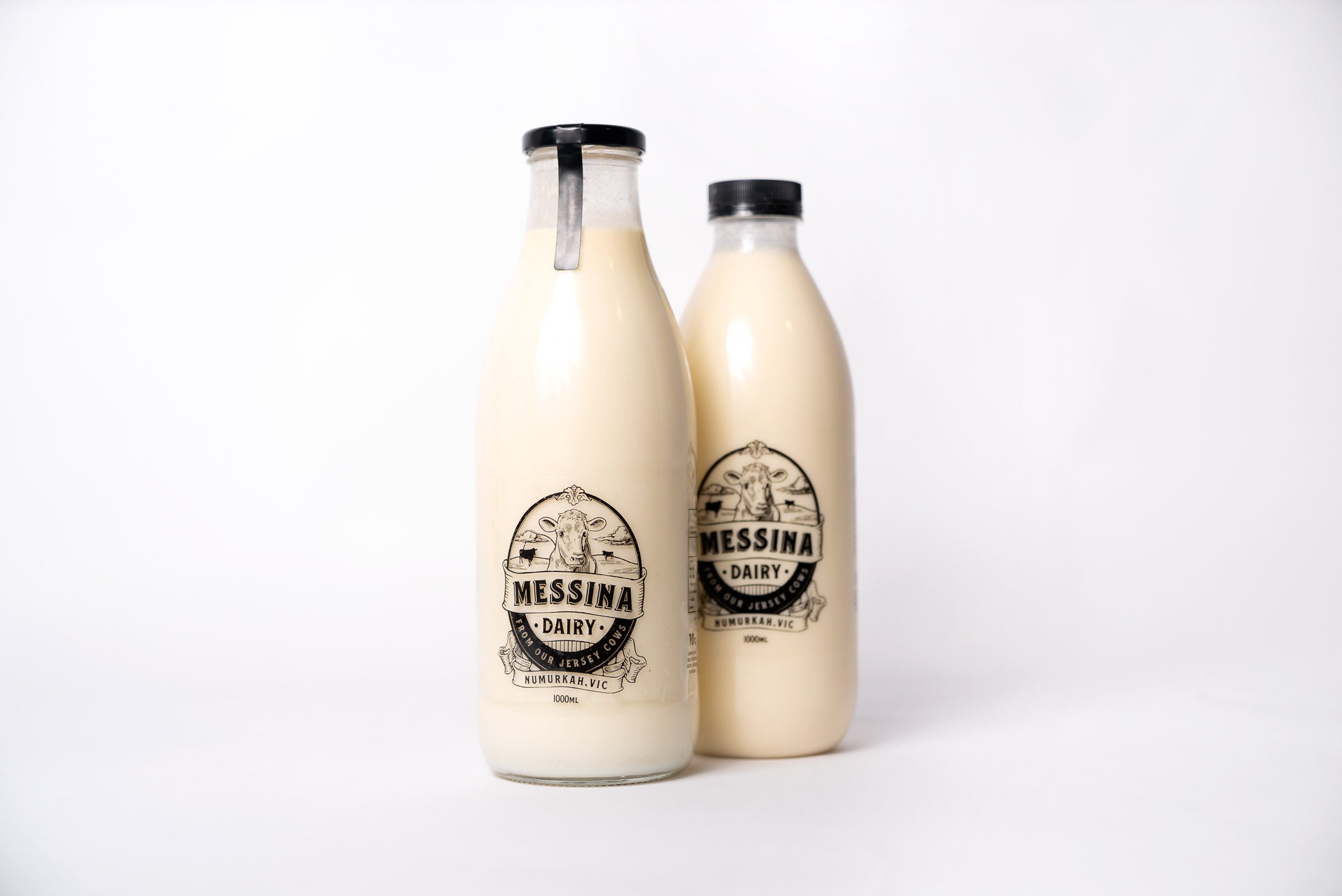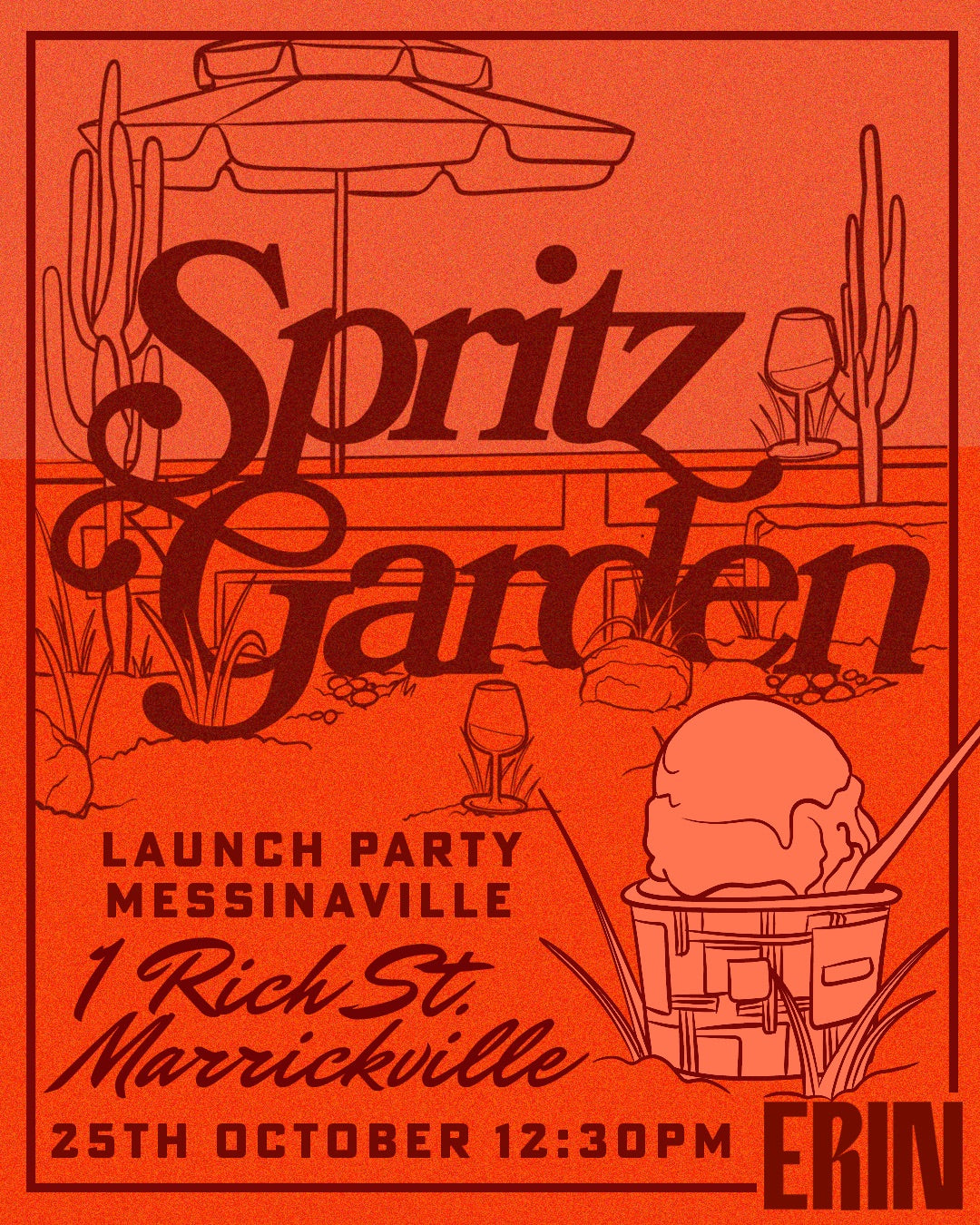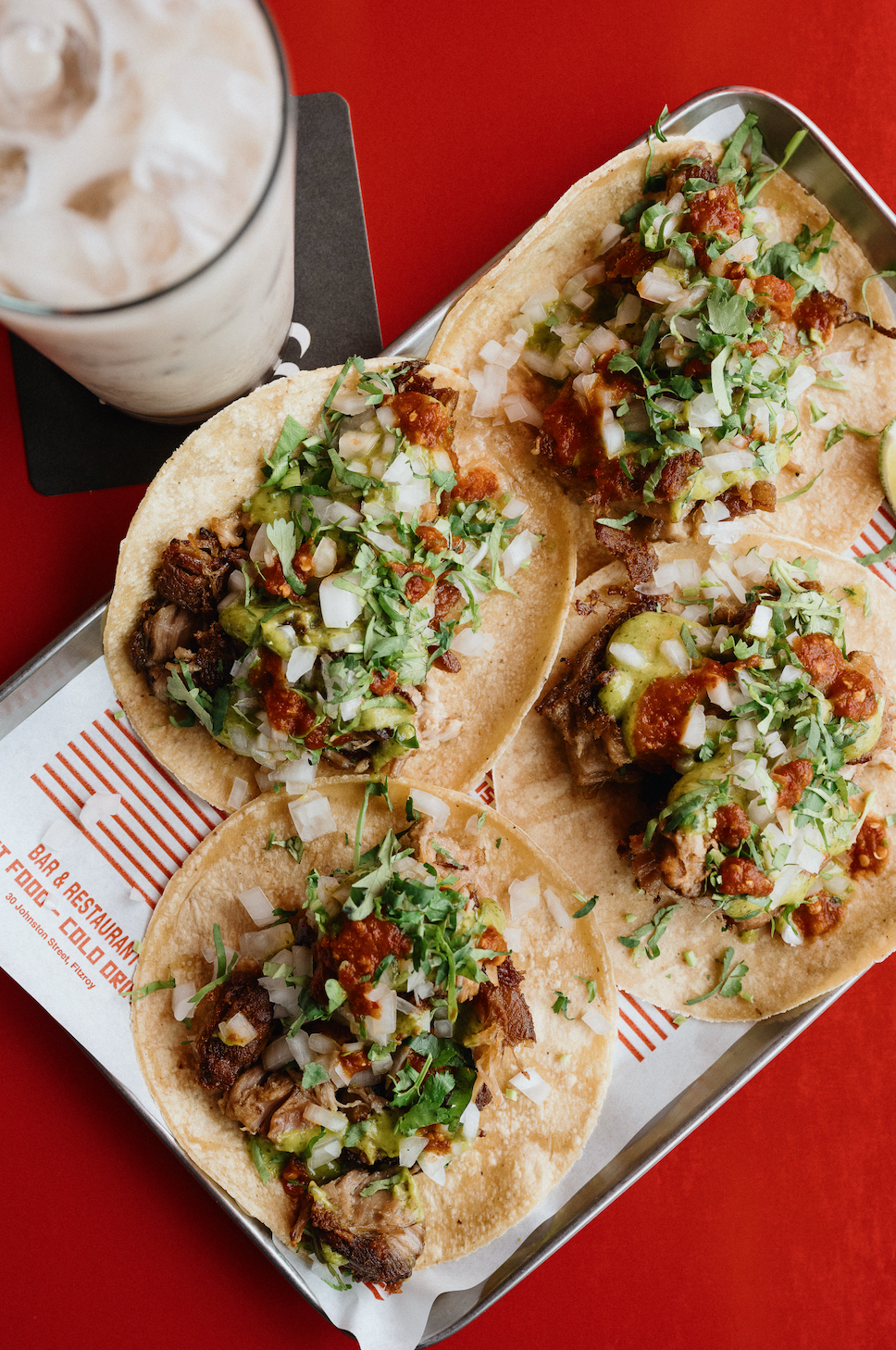
Why Our Jersey Milk Is More Yellow Than Regular Milk
Generally when you get milk from the supermarket, it will be as white as a sheet of paper and quite a thin liquid, leaving no residue around the bottle.
Our Messina Jersey milk is vastly different to this, having a strong buttery-yellow tinge and a thick cream separation in the bottle neck.
The yellow tinge in our milk comes from the high percentage of cream and the diet our cows eats. Jersey cows also have more carotene than friesian breeds, which they get from eating a pasture diet. Beta Carotene is a fat-soluble yellow pigment and antioxidant that naturally occurs in grass, plants, fruits and vegetables. After the grass is chewed, the carotene dissolves into the animal's fat stores and makes it way into the cream within the milk.
Our cows eat a varied diet of different grasses; currently they're munching on: lucerne, field peas, paspalum, clover, rye grass, forage brassicas and oats which are grown out and turned into hay. They are free-range and very happy, only being milked once a day and getting walked or rotated between paddocks to make sure they're not eating too much of one type of pasture.
As our milk is also unhomogenised and unadulterated, you're able to see the full molecular structure of the milk and cream separation—the way it should be.
Currently you can find our 1L milk bottles in 100% recyclable glass or plastic vessels at all stores except The Star, CQ and QLD stores.
Sign up to our mailing list to find out when we'll be adding stock to more stores.


